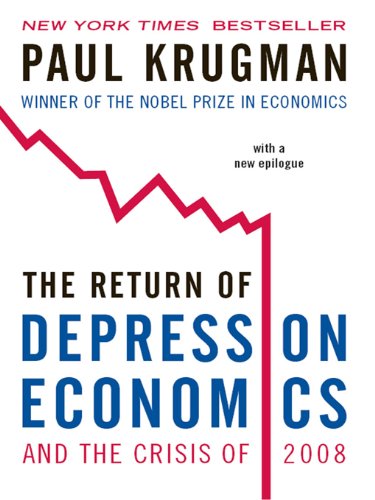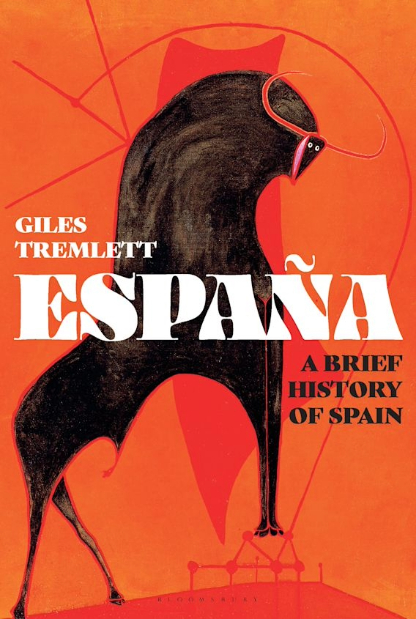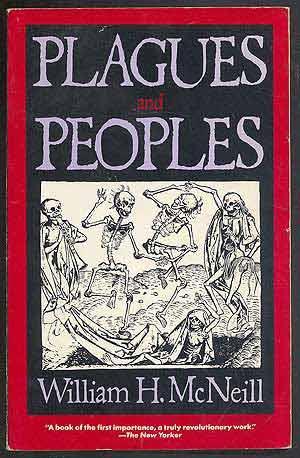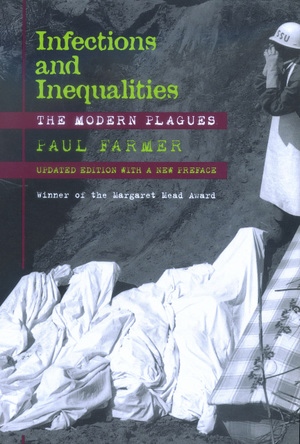The Value of Nothing: Why Everything Costs so Much More Than We Think, Raj Patel, HarperCollins Publishers, 2009, 250 pp. paperback, $26.99, ISBN 978-1-55468-622-3
Raj Patel’s ‘The Value of Nothing’ claims that we have been beguiled by markets. He asserts that we have been led to believe that the price tag corresponds to the good that we purchase, whereas, in fact, the price tends to conceal a lot more than it reveals. It is for this reason that Patel opens with a quote from Oscar Wilde’s ‘Lady Windermere’s Fan’ (repeated in ‘A Picture of Dorian Gray’): “nowadays people know the price of everything, but the value of nothing”. Prices are a cultural medium that allows for the functioning of a particular socio-economic system. They are embedded in and a natural extension of the market place. Patel attacks this notion by dissecting the current market, and showing that they are, ultimately, a bad way of valuing things.
The book revolves around two parts. In Part One, Patel provides a historically grounded account of how capitalism sets its terms of value. Relying on Polanyi’s ‘The Great Transformation’, Patel shows how “markets and the society around them are bound together” (p.18), as “in order for markets to work, society needs to license the turning of things into commodities that can be bought and sold” (p.18). The transformation in the title refers to the power-play between dominant social groups in their attempt to structure the commodities according to their own preferences. He uses Polanyi to call out the ’independent markets’ for what they are, a myth and a problem that leads us to harm the society and the environment. Patel further takes aim at the bedrock of economic theory, the “man no one has ever met” (p.25) – Homo Economicus. John Stuart Mill argued that the economic man is the one who does that by which he may obtain the greatest amount for the least amount of labor and self-denial; the theory further developed by Gary Becker. Taking into account cultural differences, Patel shows that maximizing consumption is often precisely not what economic agents do. Cross-cultural and cross-species tests further confirm this claim, such as the different actions taken by white boys and indigenous boys when given two lollipops each.
It is the Corporation that has contributed most to perverting the societal views on ‘value’. Citing Joel Bakan et. al., Patel reminds us of the Corporation’s pathological pursuit of profit that misses the wider implications thereof, such as the impact those actions have on the environment. Externalities such as these can lead to corporations such as McDonald’s to produce a greenhouse gas footprint totaling 2.66 billion pounds of CO2 equivalent. This is precisely the point Patel tries to make by analyzing the ‘free’ in ‘free goods’. While the good itself may be given for free, it misses the costs associated with embodied labor and environmental degradation. If it did include these in its calculation, a $4 Big Mac would cost $200. Furthermore, it is the government that enables such behavior. Patel cites the example of Pakistani government allowing large industrial trawlers to fish in the area previously reserved for artisanal fishing and thereby hurting the livelihood of a large number of people. This is likewise assured by the process of awarding property rights, which act as enclosures and give the ability to the Corporation to run amok. Hence deforestation and land conversions, as well as the eviction of forest dwellers and prevention of foraging.
In Polanyi’s ‘The Great Transformation’, the original movement of creating a market society is countered by a movement seeking to prevent it, and establish social protections guarding itself against the marketization. This is the double-movement of the transformation and forms the second part of the book. In it, Patel outlines the struggles of peasants, shack-dwellers, tomato pickers, and people wishing to participate in the budgetary planning of their communities. Interestingly though, the examples Patel gives merely show that the attempts to check the market operations are undertaken in order to better fit within in. The peasants of the Via Campesina proclaim that they “are not proposing to abolish markets or world trade entirely; they just want to make it happen without domination” (p.123). The shack-dwellers of Durban want to uphold their Right to the City; the right to stay put. The professors of the University of Abahlali Basemjondolo have every right to demand that their human rights be respected, of course, but what Patel does not address is the goals of the laudatory participative democracy. Participatory managing of the shared resources does not automatically equal to environmentally sound policies, as the problem is not solely of distribution and scarcity, but ultimately of systemic plunder of the Earth that Capital facilitates. Patel fails to see this due to his firm belief in the necessity of the markets to structure our economy, which perhaps leads him to stick to a very narrow definition of value. For Patel, although never defined explicitly, the value is monetary, as reflected in the prices, as well as non-monetary as reflected in the objective and subjective relationship between humans and nature. Patel’s goals are paradoxical in a way, as he seeks to go beyond the constraints of value simply by extending it. By showing how capitalism undervalues the environment, Patel suggests that there exists such a thing as the ‘real price’ of the environment, perhaps the $200 Big Mac price tag, even though you don’t measure energy in dollars, but in Joules. Would purchasing a Big Mac for $200 make the operations of the Corporation defensible? This reasoning only serves to show that in the last analysis, value indeed corresponds to price, despite Patels attempts to convince otherwise. Ultimately, the incommensurability between nature and the market is not addressed properly and cannot be so long as it follows the logic of the market. Perhaps, as Alf Hornborg has suggested, the process of ‘defamiliarization’ is indeed a necessary pre-requisite of any analysis of value. Indeed, as the latter academician asserts, value, as conceived of in terms of price, is merely normative and culturally mediated.
While mentioning the differences as perceived by Adam Smith (i.e pp. 62-63), Patel fails to provide the answer, as indeed Smith himself failed to, but skips immediately to their confabulation by the neoclassical economists. Patel implies that regardless of value is created solely in the process of consumption. Likewise, while intermittently flirting with the ideas of Karl Marx throughout the book, Patel fails to mention the very foundations of the Marxist view on value, present in the first pages of ‘Capital’ – the idea of ‘use-value’ and ‘exchange-value’. Had he done so, he would have perhaps been able to further distinguish between different concepts of value, as Marx suggests that “the purely natural material in so far as no human labor is objectified in it…has no value under capitalism” (Grundrisse p.366), whereas exchange value represents its exchange equivalent.
Overall, Patel has written an important book outlining the shortcomings of neoliberal reasoning and how they might be practically countered by people’s movements. While the book suggests that it urges us to rethink our economic model, it fails to provide the tools with which to do so.




